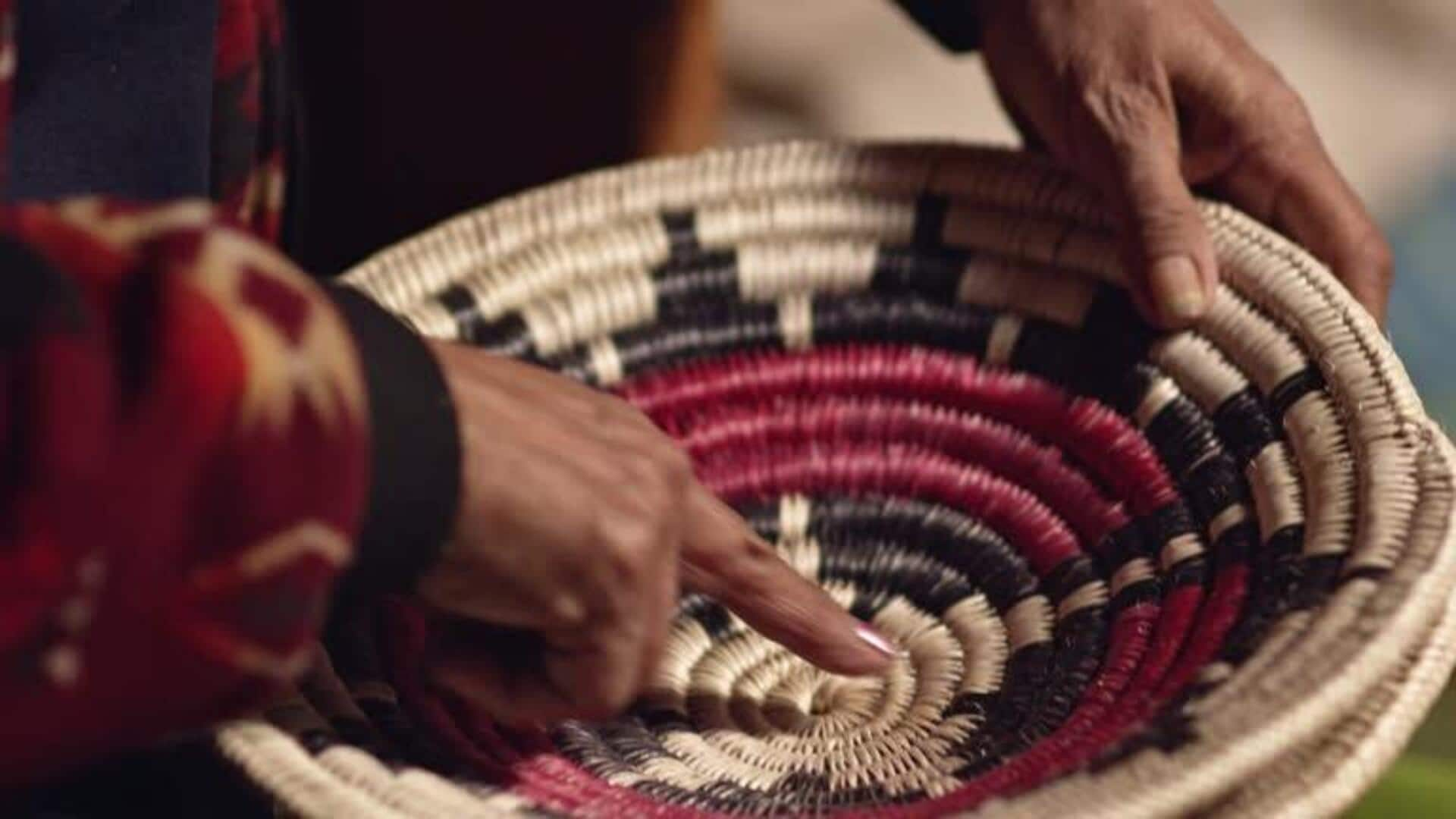
5 techniques used in traditional basket making
What's the story
African basket weaving is a traditional craft that has been passed down through generations. It is an intricate technique and skill that results in beautiful, functional art pieces. These baskets are not only used for practical purposes but also hold cultural significance. Understanding the various techniques used in African basket weaving can give you an insight into this rich tradition and help appreciate the craftsmanship involved.
Coiling
Coiling technique
The coiling technique is one of the most common methods in African basket weaving. How it works: Wrapping a bundle of fibers with another fiber creates a coil, which is stitched together to form the basket's structure. As the method allows for flexibility in design and size, it is popular among artisans. The coiling technique often results in sturdy baskets used for storage or decorative purposes.
Twining
Twining method
Twining is another key technique where two or more weft strands are twisted around warp strands to form patterns and textures. This technique adds strength and durability to the baskets, making them ideal for carrying heavy items. Twining also allows artisans to play with different colors and materials, resulting in visually appealing designs that tell cultural stories or symbols.
Plaiting
Plaiting process
Plaiting refers to interlacing flat strips of material over and under each other at right angles. It creates a tight weave. This technique is commonly employed for making mats or flat-bottomed baskets, as it gives even surfaces. Plaiting requires a lot of precision and skill, as it decides the overall shape and stability of the finished product.
Wicker weaving
Wicker weaving style
Wicker weaving involves thin branches or reeds woven together without any additional binding material like thread or wire. This style results in lightweight yet strong structures perfect for making furniture pieces like chairs or tables, in addition to regular baskets. The natural look achieved through wicker weaving adds an organic touch perfect for both indoor decor elements, as well as outdoor settings.
Knotting
Knotting technique
Knotting has fiber tied into knots instead of being stitched together like other methods. This makes for unique textures in every piece made with this technique, while also maintaining structural integrity throughout the construction process too. Knotting also makes for versatility when it comes to designing intricate patterns on smaller objects like jewelry boxes, where detail matters most importantly, so every knot counts.